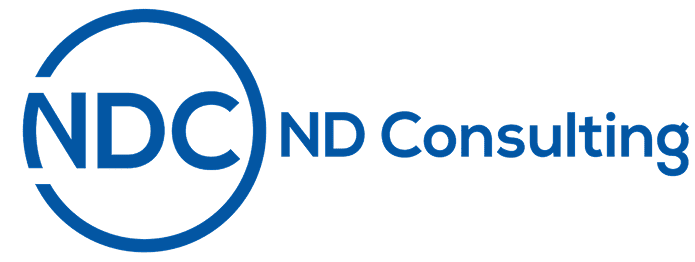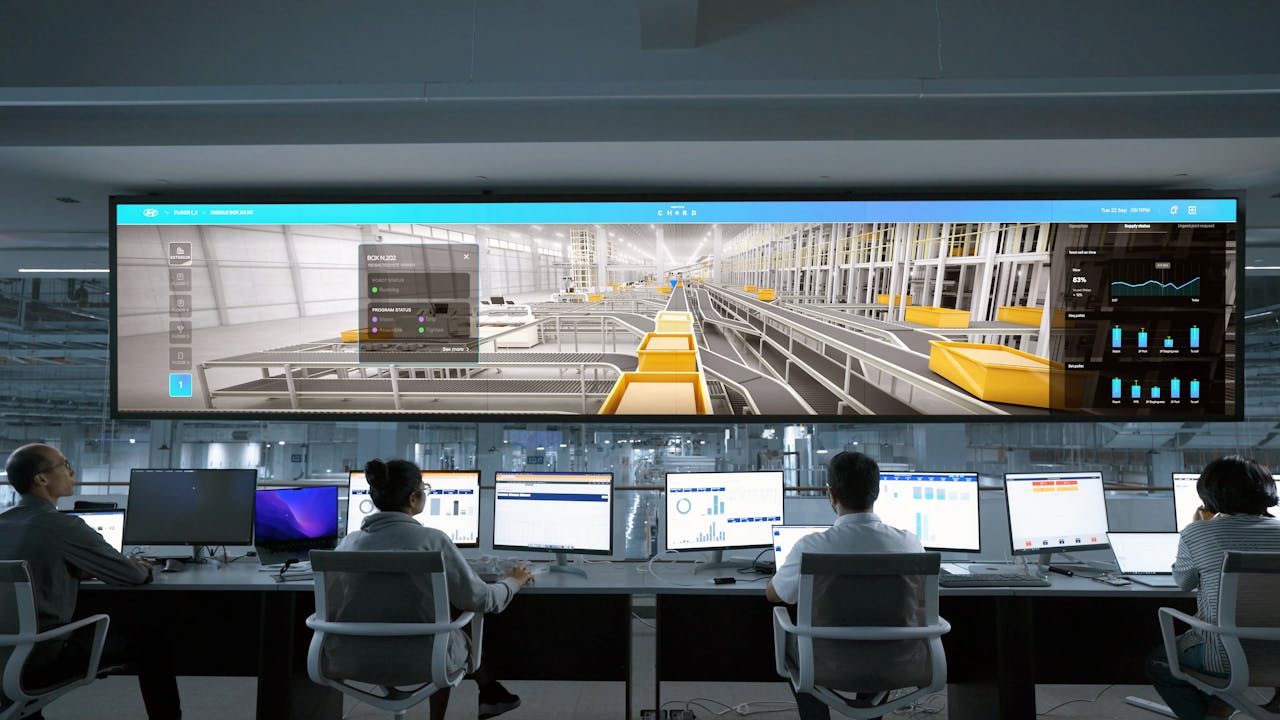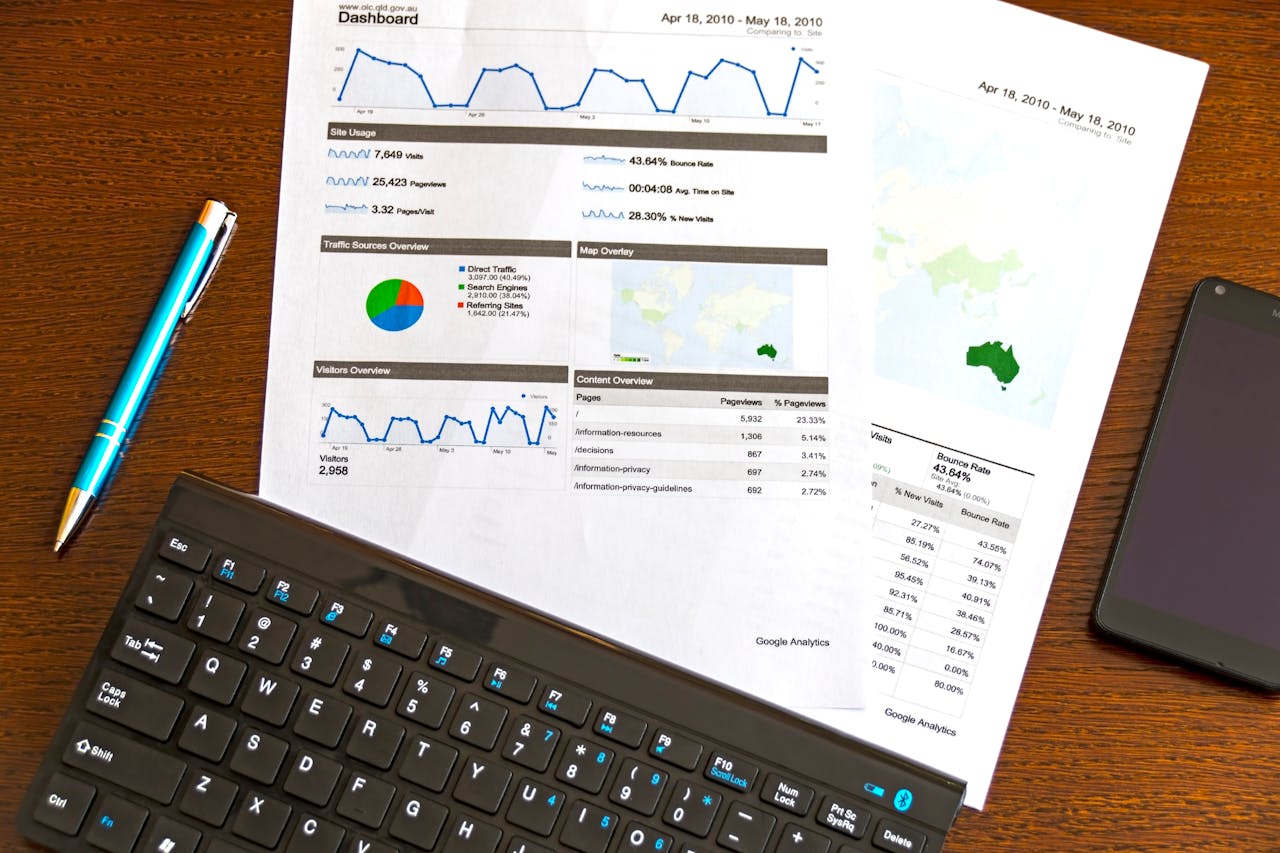Selecting the right property management software for small businesses can be a turning point for landlords and property owners. With so many platforms competing for attention, it’s tempting to sign up for the first option that looks appealing. Yet, overlooking critical details often leads to wasted time, unnecessary costs, and frustration.
Property management software for small businesses should simplify daily tasks, strengthen tenant relationships, and keep finances on track. But when the wrong choice is made, it can end up doing the opposite.
Below are 7 common mistakes owners and managers should avoid when evaluating solutions designed for smaller portfolios. Steering clear of these pitfalls helps make sure that the chosen platform supports growth instead of holding it back.
1- Ignoring the Real Needs of Your Business
The most common mistake is jumping into software without first identifying what your business truly needs. Some landlords immediately gravitate toward the most popular platforms, assuming they will solve every problem. But not all features are necessary for smaller portfolios, and some tools may overwhelm beginners.
Take time to map out your requirements. For instance, do you need automated rent collection software for small portfolios? Or is your priority tenant tracking software for small property owners to keep communication records organized? Without clarity, you risk paying for functions you never use while missing the ones that would make the biggest impact.
2- Overlooking Affordability and Scalability
Budget is always a concern for small landlords and startup property managers. Many make the error of choosing flashy systems with complex features that drain resources. On the other hand, settling for the cheapest option can backfire when the software lacks essential tools or limits scalability.
A smarter approach is to look for affordable rental management software for startups that also provides room to grow. Today’s needs may be simple: tracking rent, handling maintenance, or generating reports, but tomorrow might demand integrations with banking, vendor management tools for apartment maintenance, or marketing add-ons. Choosing a platform that balances cost and expansion is key to long-term sustainability.
3- Neglecting Usability and Learning Curve
Even the best property management tools for small landlords are useless if they are too complicated to operate. One of the biggest missteps is adopting software that requires weeks of training or extensive technical knowledge. Small businesses often don’t have the time or resources to navigate steep learning curves.
Prioritize easy-to-use rental property software for beginners that staff and owners can adopt quickly. A clean interface, intuitive navigation, and straightforward workflows save valuable hours. What might look impressive on a demo may turn into daily frustration if usability is ignored. Remember, software should reduce workload, not add to it.
4- Forgetting About Cloud-Based Accessibility
Another mistake is sticking with outdated systems that limit access to a single device or location. Small property businesses thrive on flexibility, often managing multiple tasks on the go. Relying on desktop-only software can slow down operations and create bottlenecks when urgent decisions are needed.
Modern cloud-based property management solutions for small companies allow access anytime and from anywhere. Whether you’re meeting a tenant, reviewing leases, or responding to urgent repairs, being able to log in from a phone or laptop keeps everything moving. Skipping this feature today could mean falling behind tomorrow.
5- Ignoring Tenant-Facing Features
Owners often focus solely on the landlord’s perspective, forgetting that residents interact with the system too. Choosing software without tenant-facing options is a serious oversight. Renters increasingly expect digital convenience, and a lack of it can reflect poorly on the property.
Look for platforms with a resident portal for apartment maintenance requests or easy rent payment features. When tenants can submit requests, track progress, and pay online, communication gaps close quickly. Not only does this improve satisfaction, but it also reduces the constant back-and-forth that eats into management time.
6- Overlooking Maintenance Workflow Capabilities
Maintenance is at the heart of property operations, yet many small landlords choose software without robust tools for handling repairs. This is a mistake that quickly leads to disorganization and tenant frustration.
Systems that include maintenance request tracking for apartment complexes or apartment building maintenance scheduling tools streamline the entire process. From logging issues to assigning vendors, software should make maintenance workflows efficient and transparent. Without this functionality, small businesses risk juggling phone calls, lost notes, and missed deadlines, problems that only grow as portfolios expand.
7- Not Comparing Systems Thoroughly
One of the final mistakes is failing to evaluate multiple platforms before making a decision. With so many property management apps for independent landlords available, it’s unwise to commit without a side-by-side review. Too often, owners rush into a subscription without understanding how it stacks up against competitors.
Conducting a comparison of property management systems for small businesses allows you to weigh strengths, weaknesses, and pricing models. Some may offer superior reporting, while others shine in tenant communication. A thoughtful evaluation prevents buyer’s remorse and ensures that the system chosen truly matches your priorities.

Bringing It All Together
Avoiding these common mistakes can save small landlords significant stress, time, and money. Property management software for small businesses should feel like a partner in daily operations, not a burden. By focusing on core needs, balancing affordability with growth potential, insisting on usability, and prioritizing tenant-facing and maintenance tools, property owners create a smoother path to success.
Before finalizing a choice, take the time to explore, compare, and test platforms carefully. The right decision pays dividends in efficiency, tenant satisfaction, and long-term portfolio health.
Conclusion
Choosing software isn’t just about features; it’s about avoiding costly missteps. Property Management Software for Small Businesses should simplify operations, not complicate them. By sidestepping the pitfalls of ignoring usability, dismissing tenant needs, or overlooking maintenance workflows, small landlords can confidently select a platform that truly fits their goals. The right choice transforms everyday challenges into manageable, organized workflows that support both growth and tenant relationships.





